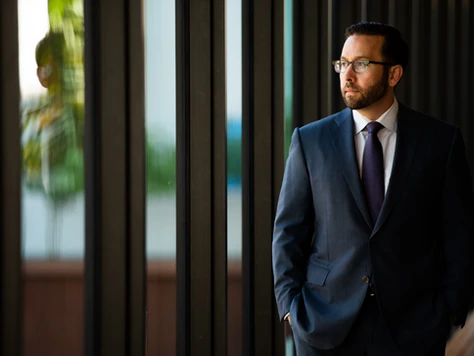Last Saturday, a driverless 2019 Tesla burst into flames after crashing into a tree in Spring, Texas. Two men, ages 69 and 59, were killed in the fire. The vehicle was reportedly in Autopilot mode at the time of the accident, and neither of the occupants was in the driver’s seat. A relative of one of the fatal victims told reporters the two men had intended to take the Tesla “for a spin.”
Local police reported the collision occurred when the self-driving car failed to make a turn and hit a tree, sparking a raging fire that lasted four hours. Firefighters used 32,000 gallons of water to extinguish the fire. Because it kept reigniting, they telephoned Tesla and desperately asked company representatives for help.
Reporters have been unable to elicit comments from Tesla after the fatal incident; the company dissolved its PR department last year.
This is not the first time a crash involving a Tesla vehicle has resulted in a fatal and fiery inferno. The latest deadly incident points to two urgent potential-safety concerns: Tesla battery fires and unreliable autopilot systems.
Although Tesla has advised consumers that they must keep paying attention to the road while its vehicles are on Autopilot, the word “Autopilot” is inherently misleading.
NHTSA VERSUS TESLA
The National Highway Traffic Safety Administration has investigated about two dozen crashes involving self-driving cars in Autopilot mode. Regulators have also been focusing on electric car fires.
Although Tesla has repeatedly claimed fires involving gasoline-powered vehicles are more frequent, electric car fires are more intense and last longer. In its emergency response guide for Model S, Tesla itself warns, “Battery fires can take up to 24 hours to extinguish. Consider allowing the battery to burn while protecting exposures.”
In October 2019, NHTSA responded to a request from a plaintiff in a class-action lawsuit by sending a letter to Tesla, asking for information about its battery systems. At this time, Tesla claimed it had taken action to make its Model S and Model X vehicles safer.
NHTSA vowed to investigate “software updates 2019.16.1 and 2019.16.2 and all subsequent updates issued by Tesla, Inc. to its Model S and Model X vehicles, which have been alleged to be issued by Tesla in response to the alarming number of car fires that have occurred worldwide.”
Allegedly, Tesla had addressed the problems by limiting “the maximum battery capacity or maximum cell charging voltage of the high-voltage battery,” NHTSA letter stated.
Regulators asked Tesla to share any documentation, including technical data and internal communications, related to the battery management systems in its Model S and Model X. The agency described the potential defect that triggered the request as “high-voltage battery fires that are not related to collision or impact damage to the battery pack.”
This latest deadly crash and fire shows that the problems have not been solved since NHTSA started investigating the matter. Last January, the National Traffic Safety Board urged Tesla to include clearer information about how to extinguish lithium-ion battery fires in its emergency response guides.
“NO SAFER CAR ON THE ROAD”
In a lithium-ion-powered car, the battery can still have stored energy after the fire has died out. This is the reason the fires keep reigniting.
As Tesla updated the S and X’s software in an attempt to prevent a recall, a spokesperson for class-action plaintiffs stated, “Tesla is using over-the-air software updates to mask and cover up a potentially widespread and dangerous issue with the batteries in their vehicles.” In 2014, NHTSA closed a previous investigation into the battery fire issue after Tesla claimed it had solved it by installing underbody shields made of titanium and aluminum. At the time, Elon Musk wrote, “With a track record of zero deaths or serious, permanent injuries since our vehicles went into production six years ago, there is no safer car on the road than a Tesla. The addition of the underbody shields simply takes it a step further.”
My independent review of the statistics available convinced me that Mr. Musk is dead wrong. And Tesla engineers warned repeatedly of the need to improve vehicles safety.
Last November, a 2015 Model S “erupted like a flamethrower” near Dallas. On that occasion, the fire was not caused by a collision. According to an eyewitness, the scene “looked like the back of a jet engine with the afterburner on coming out of that front passenger wheel.” The Tesla’s driver, Usmaan Ahmad, miraculously survived. Firefighters said he was lucky to be able to operate the car’s electronic doors to exit the vehicle.
Omar Awan, who was killed in a Tesla fire in Florida in 2019, was not as lucky as Ahmad. Following a crash that sparked a deadly fire, Awan was trapped because his Tesla’s electronic door handles failed to extend. The battery reignited three times as Awan burned to death.


